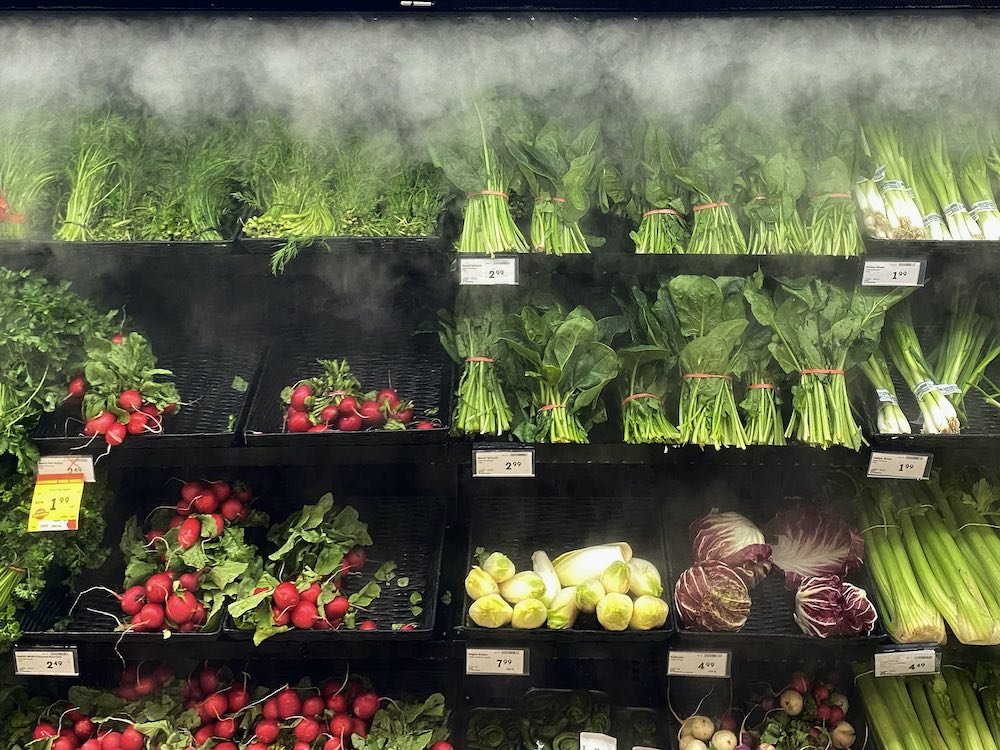Inflation and skyrocketing grocery bills are highlighting how the cost of food is impacting our wallets. Higher prices cost everyone more, but they make it most difficult for those with low incomes to meet their basic needs.
Last Wednesday, the federal government issued a one-time grocery rebate to help low-income Canadians with rising costs. Eligible families can receive up to $628 to help pay for their groceries.
In 2022, Canada saw the highest rate of food inflation in decades. Although the rate of increase is slowing, Canadian families are estimated to pay up to $1,065 more for food in 2023.
However, by only focusing on how to keep food costs low, we risk ignoring the underlying causes of why people cannot afford food in the first place.
The price of food at the checkout counter includes the production, processing, distribution and retailing of food. It does not include the cost to health care from diet-related diseases, current and future environmental impacts or social injustices, like underpaying farm workers or using forced child labour.
These are referred to as negative externalities. These are the spillover effects of a food production system that does not consider broader impacts on society.
In 2011, the external cost of agricultural production to the environment in Central and Western Canada alone was estimated to be about $8.9 billion.
This means that much of the food we buy is underpriced because of various social, economic and environmental externalities. We may not be paying for these hidden costs at the checkout, but we do so with our health-care costs, poor food quality and social inequalities. People in the Global South and those living with low incomes are disproportionately impacted by these hidden costs.
Putting food costs in perspective
With the current focus on increasing food prices, it may be surprising that Canadians spend relatively little on food. According to a 2016 study — the last year for which data is available — Canada was among five countries in the world that spend the least on food.
In 2022, Canadians spent, on average, 11 per cent of their income on food. Those with the highest incomes spent 5.2 per cent on food, while those living with the lowest incomes spent up to 23 per cent of their income on food. That means those with the lowest income most significantly felt the burden of increased food costs.
The percentage of income spent on food has been decreasing since the 1960s. In 1969, Canadians spent 19.6 per cent of their income on food. While food prices have increased due to the pandemic and inflation, food spending among Canadians has been relatively stable since 2010 at between 10 to 11 per cent of their incomes.
Although the cost of food increases, the most vulnerable people in the food system, farmers and farm workers, receive a small portion of the proceeds. In Canada, agricultural sector wages are below the average, with weekly earnings about 21 per cent less than other sectors.
High food prices aren’t the issue
High food prices are not the main reason people can’t afford food. Poverty is. Poverty is a systemic issue, often resulting from poor government policies, income inequality and systemic forms of discrimination.
The average Canadian household experienced a 16-per-cent increase in income from 1999 to 2022. However, the amount of money spent on housing increased by 12 per cent, and spending on health by 35.6 per cent.
In addition, people with low incomes are increasingly identifying systemic issues, like racism and colonialism, as main barriers to achieving food security. Even with low food costs, racialized people face numerous barriers in achieving food security. Systemic discrimination leads to a concentration of social and economic disadvantages that increase food insecurity rates.
Income inequality in Canada increased substantially during the 1980s and 1990s. That pattern hasn’t changed. Today, the groups most likely to experience low incomes continue to be Indigenous peoples and racialized Canadians.
According to the last census, 18.8 per cent of Indigenous people lived in a low-income household, compared to 7.9 per cent of the non-Indigenous population. Indigenous communities in Canada face food insecurity at a rate two to five times higher than other Canadians.
The First Nations Food, Nutrition and Environment Study found households that had access to food obtained using traditional practices were more food secure, and less likely to have complex health problems such as diabetes and heart disease. For members of these households, access to growing and harvesting food for themselves and their community was more important than lower food prices.
Cheap food comes at a cost
Conventional bananas are one of the cheapest food items in Canadian grocery stores. They have contributed to chronic underpayment of farmers and farm workers, child labour practices, loss of biodiversity and water pollution.
As a result, conventional bananas have a much higher hidden cost than fair trade bananas. Most of this is attributed to inadequate wages and a lack of social security for farmers and farm workers. By buying fair trade bananas, consumers can significantly contribute to sustainability and greater equity.
Fair trade produce might be more expensive, however as a result farmers and farm workers receive fairer wages and there is greater transparency throughout the entire supply chain.
The Fair Food Program encourages corporations to buy produce from farms that treat their workers humanely and compensate them fairly. The latest report from the program demonstrates a decrease in injuries, violence and reported sexual harassment among workers of farms that participate in the program.
In the early 2000s, buyers agreed to pay a penny more for every pound of tomatoes, passing it on to farm workers. This went directly to the farm workers, which equated to a 20- to 35-per-cent increase in weekly pay.
The hidden costs of cheap food are disproportionally harming racialized communities and those with low incomes. They also deprive us all of a just, equitable and sustainable food system. Paying farmers and food workers more is an investment in the local economy and a more resilient, equitable and just global food system.![]()
![]()
Read more: Rights + Justice, Food
















Tyee Commenting Guidelines
Comments that violate guidelines risk being deleted, and violations may result in a temporary or permanent user ban. Maintain the spirit of good conversation to stay in the discussion and be patient with moderators. Comments are reviewed regularly but not in real time.
Do:
Do not: